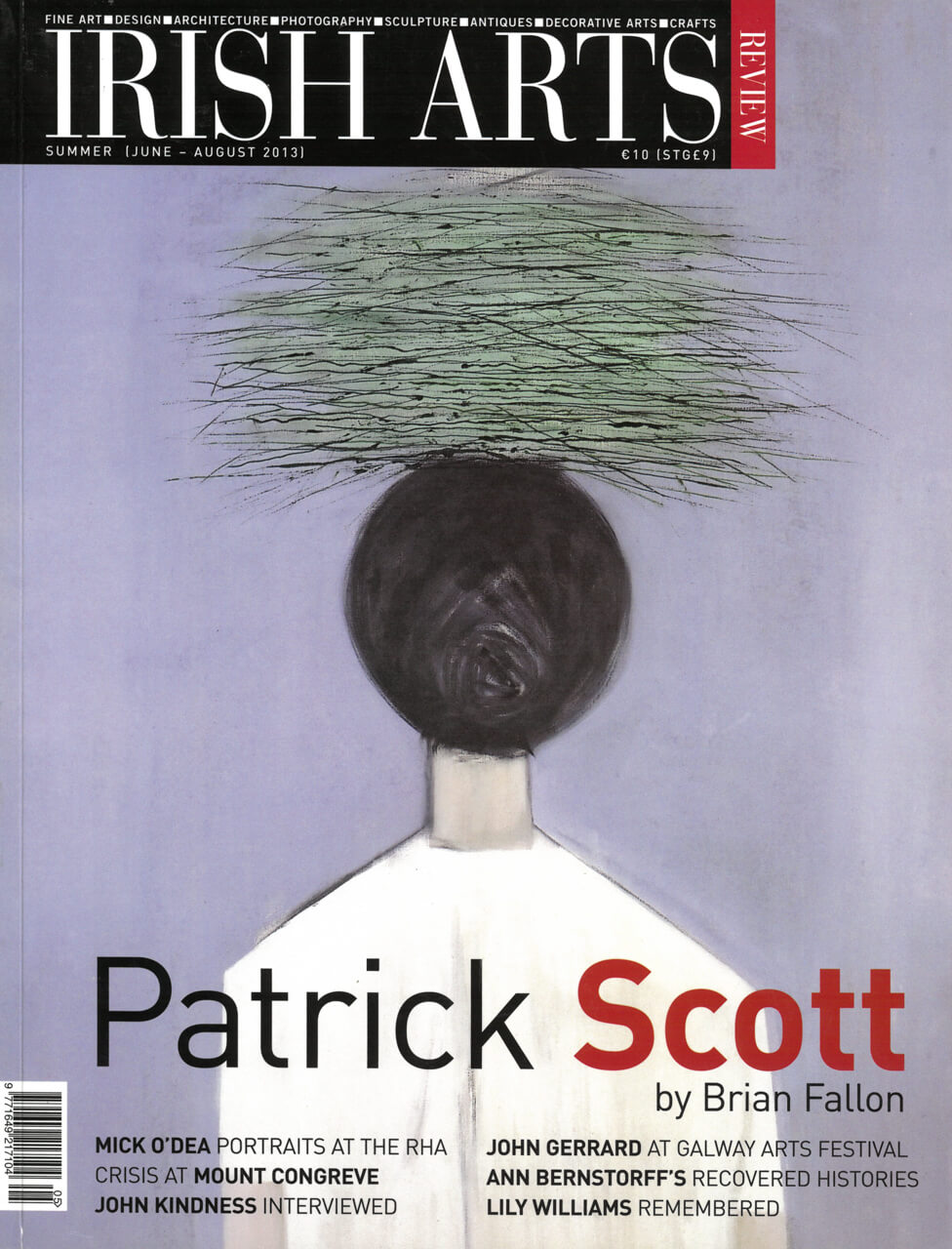
Northern Ireland: 30 Years of Photography at Belfast Exposed and the MAC this summer highlights the medium as a highly-charged, critical artform that constantly questions its own role in the construction of memories, writes Stephanie McBride
Seamus Heaney’s opening lines from his 1972 poem Wintering Out spoke of the immediacy of the conflict in Northern Ireland at the time:
This morning from a dewy motorway
I saw the new camp for the internees:
A bomb had left a crater of fresh clay
In the roadside, and over in the trees
Machine-gun posts defined a real stockade.
There was that white mist you get on a low ground
And it was déjà-vu, some film made
Of Stalag 17, a bad dream with no sound
Since then, artists have responded in many ways to the conflict and peace process, and the ongoing transformations of physical, political and visual geographies. But photography, perhaps more than any other artform, has had to negotiate the glut and ubiquity of daily news images of violence, compressed into convenient, digestible narratives that flatten out complexity and context.
This exhibition by Belfast Exposed, in partnership with the MAC arts venue, examines photography in Northern Ireland during the past thirty years, from the height of the Troubles to current practices. Belfast Exposed itself emerged as a response to the distortions of media reports.
The show presents more than thirty artists’ work, with an enormous and rich diversity of practices and conceptual approaches. Some pieces pivot on the construction – or in Victor Sloan’s case a deconstruction – of the image, or are closely bound up with landscape, geographies and language, such as in Willie Doherty’s early work. Others involve ‘aftermath’ photography, as in the work of Donovan Wylie and Anthony Haughey.
Sean McKernan, a founding member of Belfast Exposed, is represented by his documentary photograph Riot, L Clegg, 1995 taken mid-riot on the Falls Road following the early release of British army private Lee Clegg, which caused widespread rioting in nationalist areas. The black-and-white image of an‘everyday’ street conflict is visually stunning and still startles today, from the white streaks on the tarmac to the milk cartons suspended in mid-flight (Fig 2).
Jonathan Olley’s Castles of Ulster (Fig 3) series is a potent reminder of the history of intense military presence and surveillance in Northern Ireland. His images foreground the architecture of conflict as an intrusion in village streets and townlands, though there is a wry incongruity in such curious Mayan-like towers in rural Co Derry.
Sean Hillen’s photomontages use a very different practice and process to engage with Northern Ireland’s past. Newry Gagarin Crosses the Border (Fig 1) has another view of the architecture of control, as a lone car passes a border checkpoint at night. Yet there is a neat tension between the black-and white documentary ‘realism’ of the watchtowers’ territorial gaze and the surreal cosmos, with Hillen’s signature curved horizon as a Gagarin’s capsule floats in time and space.
In Victor Sloan’s early work, Belfast Zoo III (Fig 5), the explosive blast of the camera flash, splashes and scraps of paper prefigure his later interventionist and disruptive aesthetic. Some IRA graffiti scratched on the Perspex of the monkey’s cage is a persistent reminder of the wider troubled context. Sloan, intent on rupturing any glib surface meanings of the image, has created several bodies of work using different techniques to assault the image’s smooth plane and to score alternative meanings
Starkey’s staged composition is like a film still, blurring fiction and reality, inviting reflections on history and dislodging the sense of photography as an objectively truthful record
Hannah Starkey’s Butterfly Catchers (1999) is staged in a Belfast urban wasteland, with two local girls who carry a net and a jam jar, as if in a childhood pursuit. This is reinforced by the specific title – unusual in Starkey’s work – but the rubble, weeds and deadening skies suggest a futile search and a wider metaphorical and generational frisson. The background buildings speak of an industrial past, such as the linen mills that relied on female labour (Fig 4). Starkey’s staged composition is like a film still, blurring fiction and reality, inviting reflections on history and dislodging the sense of photography as an objectively truthful record.
Paul Seawright’s Sectarian Murders series returns to scenes of crime years later. A carefully composed image is shot from a low angle, the dog unnervingly out of focus. The image is juxtaposed with text from a news report, creating layers of tension between the (then) present and past in a menacing atmosphere. The result becomes a critical commentary on the media’s formulaic rituals (Fig 6).
Despite the impact of post-conflict urban regeneration policies that redefine and reassign geographies as tourist attractions / heritage sites / luxury living spaces, the tremors and traces of history reverberate in the visual contours of Northern Ireland’s streets, as in John Duncan’s recent work.
These artists provide multi-grained, multi-dimensional interpretations of social and political landscapes. Their nuanced and wide-ranging narratives go beyond the often bland, airy rhetoric of ‘new beginnings’ and the official histories – from heritage park to city festival – that can often stifle questioning, doubts and fears, and memory itself.
Widely divergent in approach and technique, the show and accompanying publication, with perceptive text by Colin Graham, provide a rich and rigorous insight into photography’s power as a repository of cultural memory and as a highly-charged, critical artform that constantly questions its own role in the construction of those memories.
‘Northern Ireland: 30 Years of Photography’ Belfast Exposed and the MAC, Belfast until 7 July 2013.
Stephanie McBride writes and lectures on film and visual culture.



